THE LATEST FROM VALTASNews, updates, and stories to keep you in the know.
|
 Picture this scenario: Your paid leader is suddenly no longer at the helm. As the Chair of the Board of Directors, what do you do? The boat is heading in what appears to be a decent direction, and you think you can probably find another leader “pretty quickly.” Let’s play that strategy out: Are you assuming the organization will continue on its course unaffected while you organize a Search Committee, look over your strategic plan and vision, find and refresh the job description, advertise and post on social media, wait for applications, sort through resumes, and go through several rounds of interviews? And in this assumption what happens if the “right one” isn’t in that first pile? Perhaps you have a Board member with extra time on their hands to keep the operation bobbing along, but have they run a nonprofit in this sector before? Maybe you believe the second-in-command can do double-duty, but do they have the bandwidth and are they interested in applying for the position? A reality check: The average search for a nonprofit leader is now 9-12 months. Even if you hire a search firm to manage this process, the gap between leaders might be at least 6 months!  Serving on the board of directors for a nonprofit organization offers opportunities to support the community through focused, mission-driven work. It also brings the opportunity to help guide the organization in how it does that both now and in the future. While the staff is charged with delivering on the plans and goals previously set, the board of directors is responsible for looking to the future. That responsibility includes the question of whether the organization’s mission will be delivered in the future to be of the most benefit to the community and, if so, what form that will take operationally. The prevailing wisdom in the nonprofit sector is that there are way more nonprofit organizations than there are resources to go around to support their missions. Many of us have had the experience of tripping over each other as our mission delivery strategies overlap. But who wants to be the one to suggest consolidation, merging, or simply closing a struggling organization? On the other side of the coin, who wants to raise the idea of a thriving organization taking on an aligned organization’s “baggage”? Merging and aligning are touchy subjects!  As a nonprofit director or manager, how do you know when you’re ready to step into an executive leadership role? Our team of nonprofit leaders regularly uses their experience to help nonprofit career professionals answer this question as part of our board advisory work and interim executive leadership engagements. We act as mentors during nonprofit leadership transitions when the board needs help identifying their next leader and equipping them for success. These are the types of conversations we have day in and day out as we assist organizations in handing over the organization to new leadership. Ultimately, the question of whether you’re ready to move up to the next level comes down to two things: whether you have what it takes to succeed from a personality standpoint and whether you have enough experience to lead not only a team but the entire organization effectively. Let’s look at each of those areas separately because they are complementary, yet distinctly different, aspects of what makes someone qualified to lead a nonprofit organization.  Fundraising is vital to the success of any organization, which means that nonprofit leadership must be constantly focused on not only managing existing donor relationships but also attracting new donors to fill the funding pipeline. But knowing how to expand your donor base is a tricky topic for a variety of reasons.  Every day we at Valtas are brought into nonprofit organizations to help them have difficult conversations. Whether these conversations are related to the strategy, culture, leadership, direction, or day-to-day operations, we help facilitate respectful communication and strategic mission-setting to move the organization forward. Recently, our team got together to share some of the key lessons we’ve learned along the way and shed light on the type of approaches we take to help you do the same at your organization.
Nonprofit leadership retreats can be used to get new leaders comfortable with the rest of the team, tackle major organizational challenges without the distractions of the office, repair an organization’s broken culture, or even strategize through a major organizational shift. If your organization is facing a period where significant reflection or serious consideration is needed, gathering the leadership team together is a great way to prepare for what’s ahead. But an effective nonprofit retreat won’t just happen on its own. It requires careful planning and preparation to ensure that it will be time (and money!) well spent.
In a worst-case scenario, this dissonance results in the Board marginalizing the ED as just a passionate campaigner for the cause and writing off their opinion altogether, and the ED developing resentment and distrust towards their Board Members. The power struggle that ensues becomes a battle over dominance and recognition for the ways in which each can contribute to the success of the organization. Obviously, a situation like this never ends well! The toxic culture that develops as a result typically leads to turnover on the Board or the ED role (or both!). So, who’s right?
Whose opinion counts the most – the Board or the Executive Director?
One of the hardest decisions that a board can make is deciding what the future of the organization will look like if there’s a problem that’s big enough to consider sunsetting the organization instead. If one of the questions on the table is whether you can continue to deliver on your mission, it’s important to evaluate whether investing more is actually going to fix the underlying problem.
The ultimate question is really, “Is the organization worth saving?” |
THE LATEST FROM VALTAS
You are welcome to subscribe to get the latest news, updates and insights from our team. Subscribe:Ask Valtas!Categories
All
Archives
July 2024
|




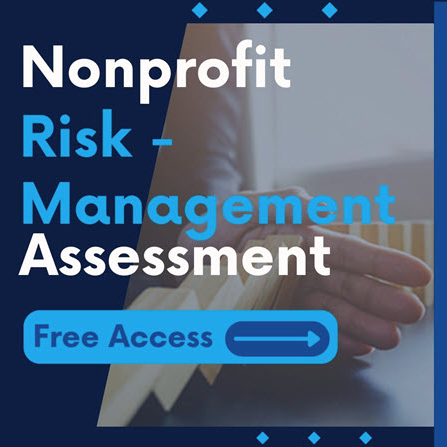
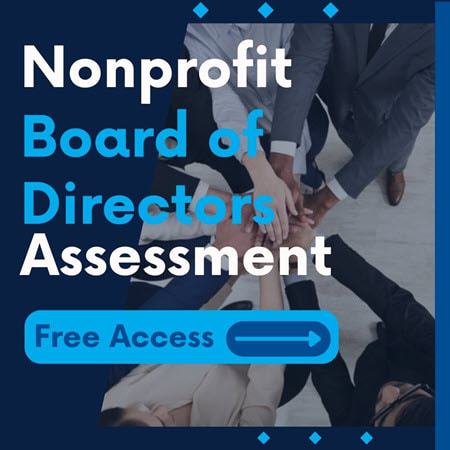
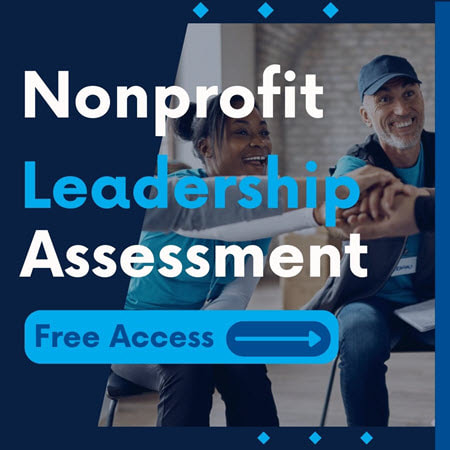
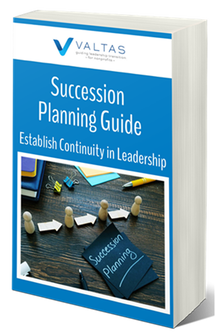
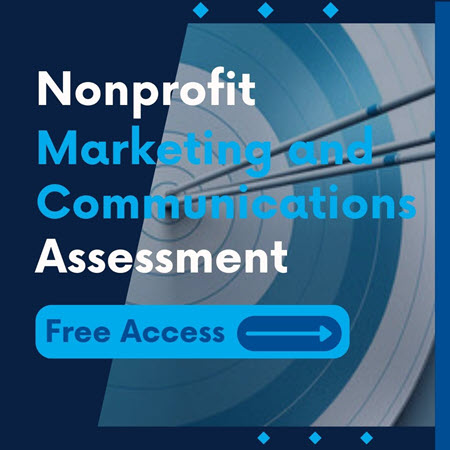
 RSS Feed
RSS Feed
